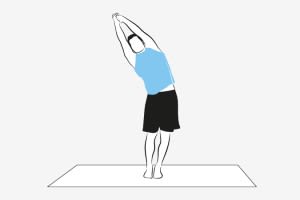Winter Training Tips
Whether you’re training for something special, like a marathon, or you’re just looking to get fit, training is important. And with many of us spending more time at home, the need to get outside is greater than ever.
Winter training comes with a host of health benefits, so if you want to make sure you’re doing it safely and effectively, there are some things you can do before, during and after your winter workout to help.
The following guide is filled with tips for exercising in cold weather.
1. Think about clothing
No matter the type of exercise or the time of year, if you’re doing a workout and your heart is racing, you’ll sweat no matter what. Being wet or damp is the quickest way to lose body heat, and as it’s colder outside, that’s definitively something we want to keep hold of. As well as the cold, it also gets darker much quicker in winter.
To combat the perspiration, temperature and lack of light and still have a comfortable workout, you’ll need the right clothing. We’d recommend following these three rules when choosing your gym wear for winter:
- Sweat-wicking fabric: this includes polyester, nylon, and polypropylene, which are designed to dry quicker and wick away moisture much faster than materials like cotton.
- Layer up: start with a sweat-wicking t-shirt or long top as your base layer, then add a middle layer if it’s really cold and finish with a shell such as a light windbreaker or waterproof jacket to lock the warmth in. As you get warmer, you can remove layers to keep yourself cool, putting them back on if you get chilly.
- Bright colours: make it easy for others to see you in the dark by opting for vibrant winter activewear with plenty of reflective bands or flashing lights, which can also help your visibility.
2. Don’t forget accessories
Ever notice how your ears, fingers, toes and nose feel much colder in winter? As the body attempts to retain heat in your core, these extremities are left without as much blood and therefore heat.
Consider wearing a hat, headband, mittens, gloves or thicker socks to help. Again, make sure these are made from synthetic material or wool to wick the moisture away and if you get hot, they’re easy to take off.
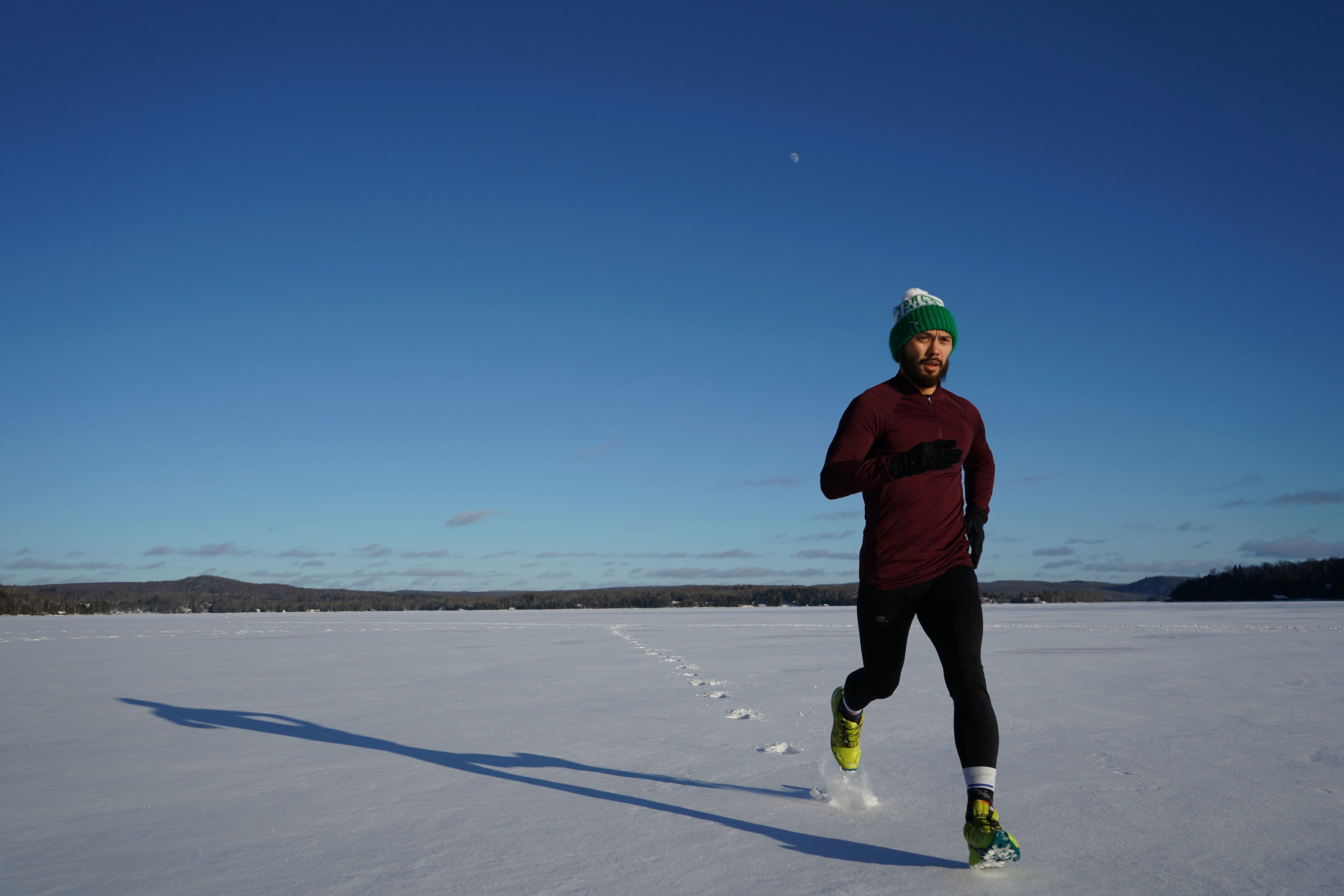
3. Watch your traction
Where there’s cold, there’s usually frost and ice, too. And winter isn’t exactly the driest of seasons. This can make activities or running in winter slippery and dangerous.
If it’s raining, snowing or icy and you’re worried about slipping, make sure your winter training shoes have good grip and stick to routes with plenty of grit, gravel or textures surfaces.
4. Warm up
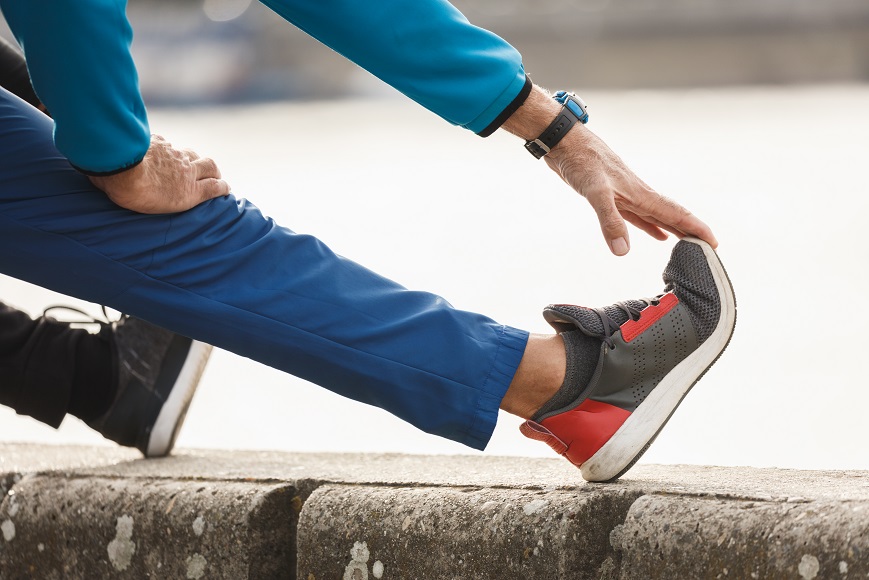
One of the best winter training tips is to do a good warm-up before you set off. This will increase your blood flow and the temperature of your muscles, so the cold is less of a shock when you go outside, and it will also help you avoid injury.
5. Train in the daytime
The extended darkness in winter means we might get less exposure to sunlight. This can be a danger because we rely on sunlight to absorb vitamin D. Without it, our energy levels and mood can dip, our sleep can be affected, and our joints and bones may weaken.
Getting outside in the daytime during the colder months can not only boost your vitamin D levels – even in the winter sun – but is also less dangerous than doing exercise in the dark where you’re less visible.
6. Focus on your breathing
The cold forces your lungs and air passages to narrow, making breathing harder and drier. To help your airways stay moist, try breathing in through your nose and out through your mouth as this gives the air more time to become moistened before reaching your lungs.
If this technique isn’t enough, try wearing a bandana or think scarf over your mouth and nose, which will help to warm and moisten the air before you breathe it in.
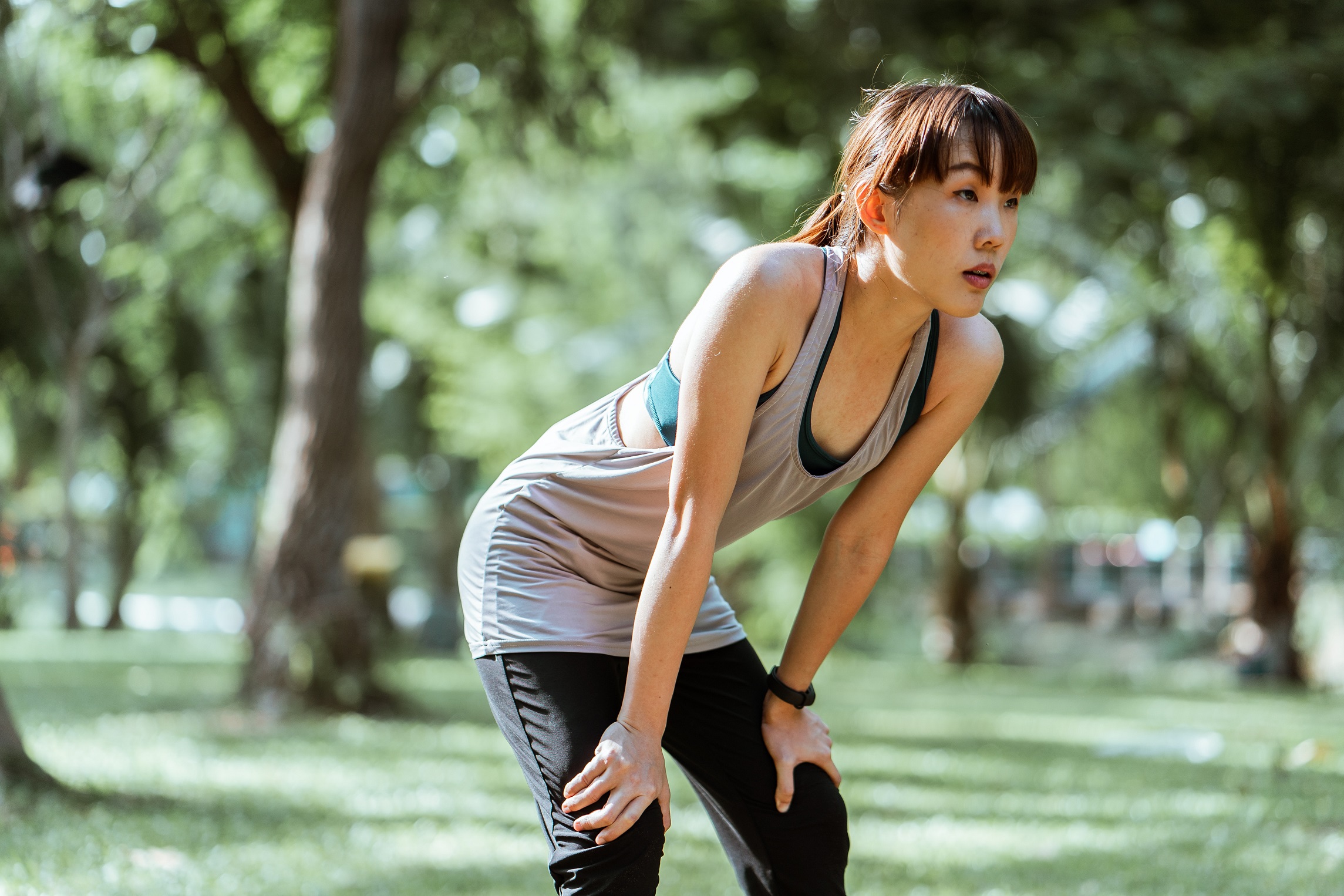
7. Stay hydrated
If you’re sweating, you’re losing fluids, meaning you’ll need to replenish those liquids to stay hydrated. It can seem like you sweat less in colder weather because the perspiration evaporates faster, so many people don’t drink up as much as they should. But drinking lots of water before and after your workout will keep your energy levels up, helps to flush out toxins and lubricates your joints.
8. Cool down
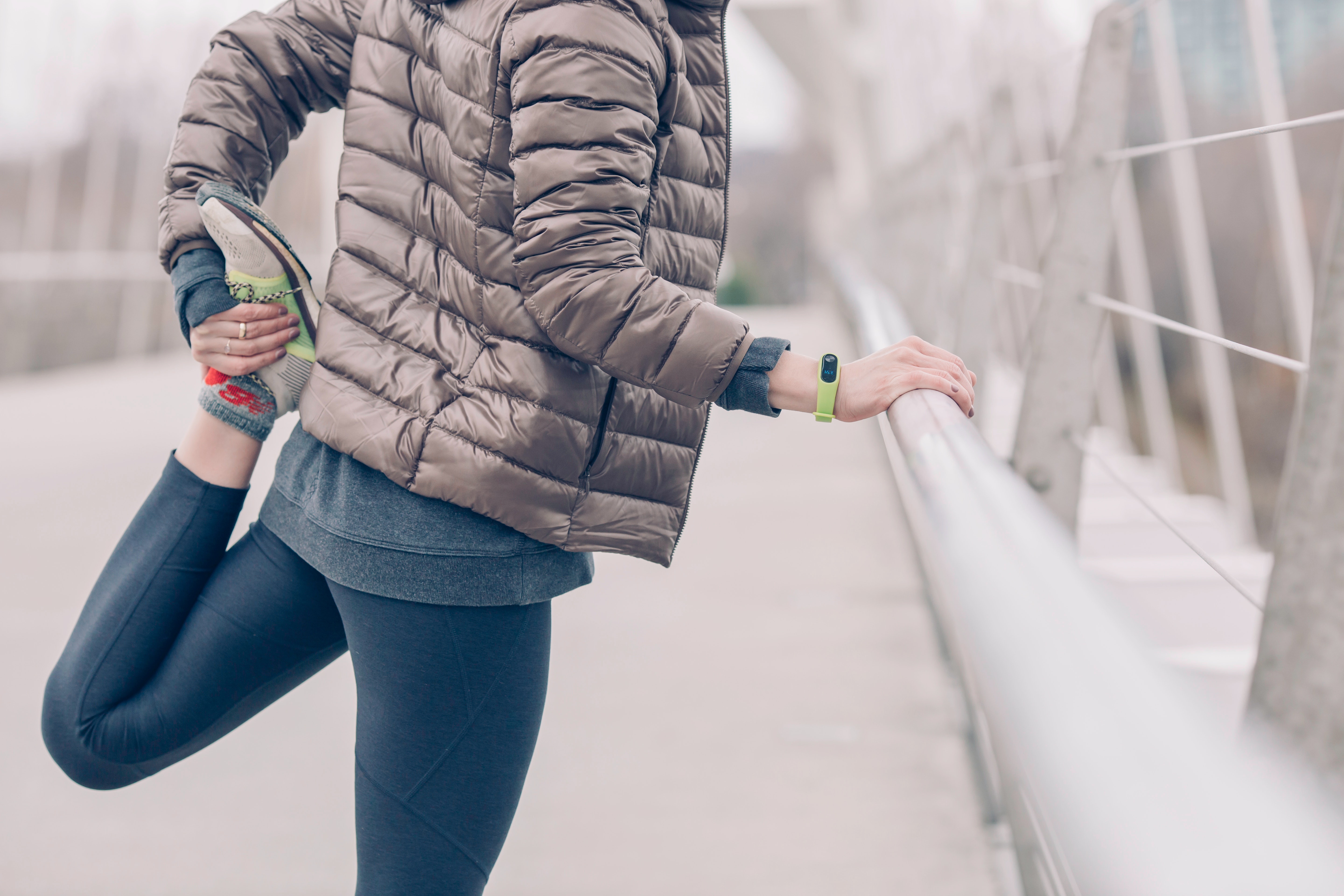
When your winter workout is complete, make sure to spend time doing some low intensity moves and stretching out your muscles. Going from the cold of the outside to the warm of the inside may be a shock to your system. Cooling down helps your body regulate between the temperatures and ensures you don’t get stiff.
9. Find a training buddy
Heading out into the cold is much easier when you have a friend in tow. Not only does working out with someone help to keep your pace, but it can be incredibly motivating.
If you fancy a winter workout at home, but need some extra motivation, why not find a virtual workout buddy to either do joint indoor workouts together or join an online exercise class.











